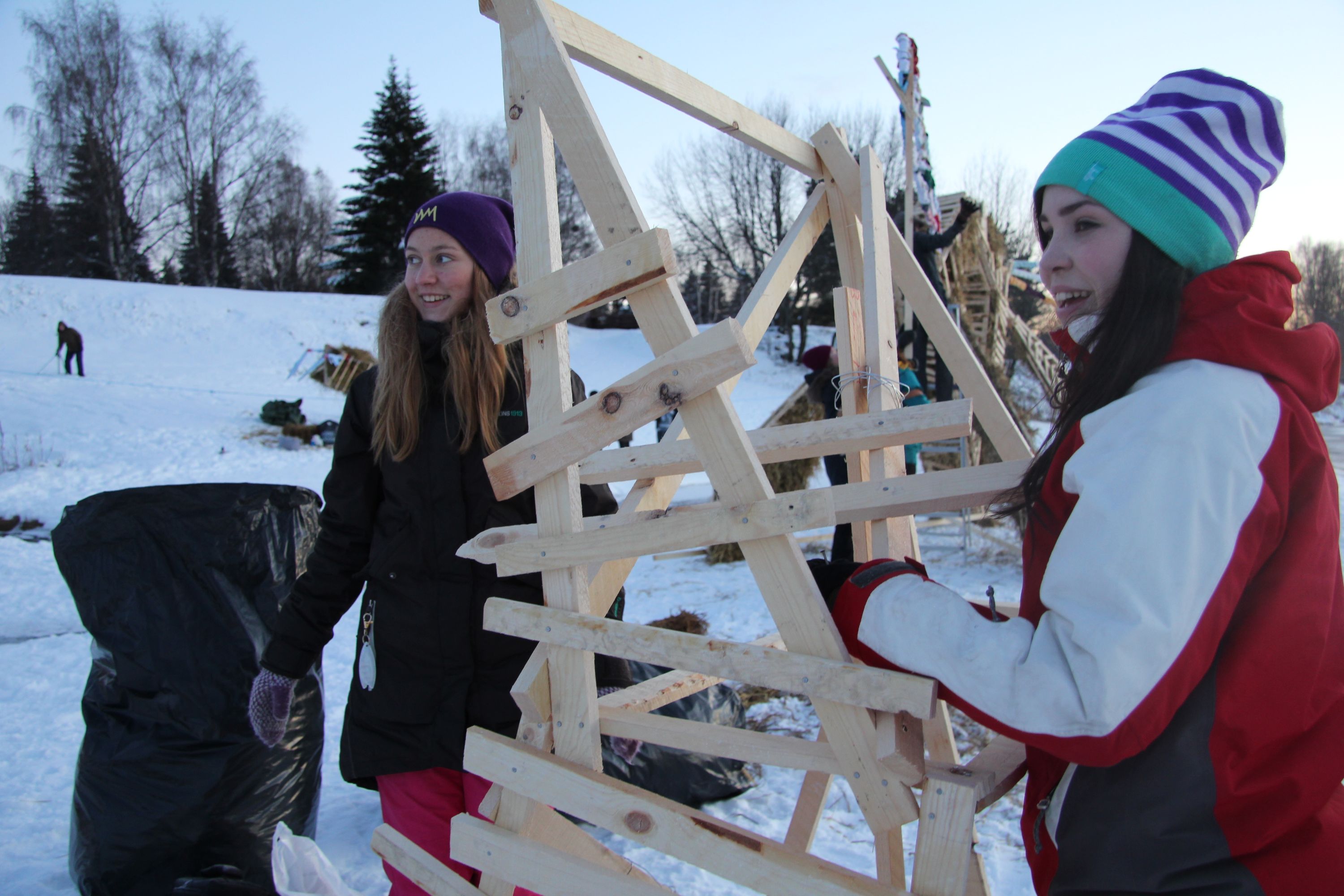I study at the University of Lapland in Rovaniemi towards a Master’s degree in art education. My minors are political science and Arctic studies. I am especially interested in communities, place-specific art, and multicultural education. In terms of the Arctic my interest lies in cultural diversity; traditions and northern identities on the move. I see the North as significant – but often unidentified and unknown – in its geopolitical or cultural forms. I think it is interesting that the developments consist of the dialogue between traditions and the present.
I have previously completed my Bachelor of Hospitality Management degree with major in cultural tourism and international relations. I also studied at the University TEC de Monterrey in Ciudad de Mexico in 2010 and researched how local issues relate to the globalization in the context of contemporary art. These experiences have also affected my own research approaches to the North.
 I am writing my Master’s thesis for the Arctic Sustainable Arts and Design Thematic Network (ASAD), which identifies, develops and shares northern education and research experience. It promotes cooperation and collaboration between universities, institutions and communities focused on northern and Arctic issues in the field of arts, design and visual culture. In ASAD I mostly work with the issue of what Arctic arts and visual culture education in the North is. My thesis creates a basis for creative activities, and my action research verifies the potential for multicultural cooperation in the form of intensive courses in the context of ASAD. Most of the projects will be multi-artistic and take place in different countries. The network consists of 15 UArctic member universities and nine non-UArctic partners.
I am writing my Master’s thesis for the Arctic Sustainable Arts and Design Thematic Network (ASAD), which identifies, develops and shares northern education and research experience. It promotes cooperation and collaboration between universities, institutions and communities focused on northern and Arctic issues in the field of arts, design and visual culture. In ASAD I mostly work with the issue of what Arctic arts and visual culture education in the North is. My thesis creates a basis for creative activities, and my action research verifies the potential for multicultural cooperation in the form of intensive courses in the context of ASAD. Most of the projects will be multi-artistic and take place in different countries. The network consists of 15 UArctic member universities and nine non-UArctic partners.The community art projects are always different and special depending on the context, for example infrastructure, environment, people and sociocultural factors. I’m not saying that workshops are an easy way to learn, but challenging your existing views by comparing cultures will open new atmosphere to breath. Workshops are adventures where you need to use all your senses. You will probably end up learning more than you can find in books by listening and exploring – even when you don’t understand the language. In multicultural community art projects the idea is to cooperate and survey a place and its sociocultural situation through artistic methods, not to compare and change. My latest intensive week, Northern Places – Tracking the Ugrian Traces through Place-Specific Art and Photography, was in Syktyvkar State University at the beginning of April 2013. The university is part of the UArctic and ASAD network.
In the future I can see myself working with multicultural groups as a coordinator, researcher or teacher creating collaborative workshops across the Arctic and the North. I would like to study indigenous cultures more and get more experience in varied international project activities. I am pleased to continue my thesis at least till the end of 2013 and to be part of the development of context-sensitive research methods and arts and design practices in the Arctic.
In addition to being involved in the ASAD network, Hilkka participated as a student representative in UArctic Rectors’ Forum in Arkhangelsk, Russia in June 2013.
* * * * * * * * *
The interview was first published in Shared Voices Magazine 2013.
